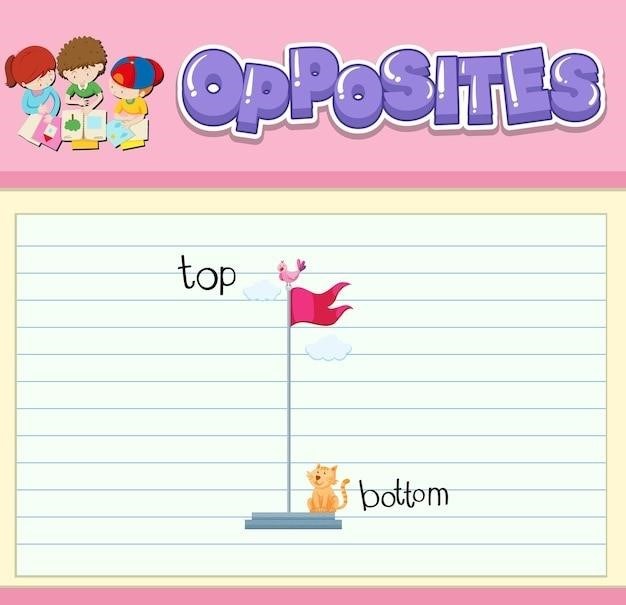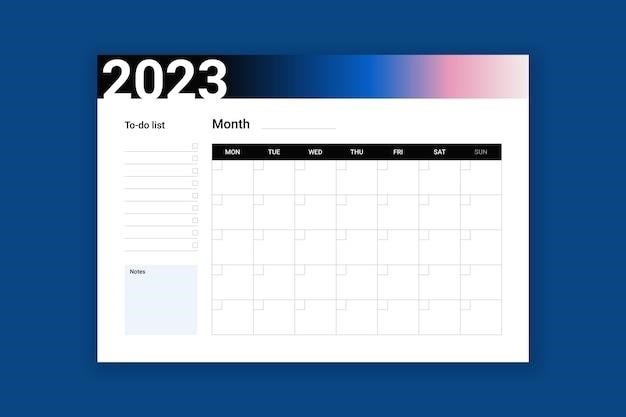How Often Should You Change Manual Transmission Fluid?
Most manufacturers recommend changing your manual transmission fluid every 30,000 to 60,000 miles. However, if your vehicle is used for towing or off-roading, you may need to change it more frequently. It’s always best to check your owner’s manual for the specific recommendations for your vehicle.
Importance of Transmission Fluid
Transmission fluid plays a crucial role in the smooth operation of your manual transmission. It acts as a lubricant, reducing friction between moving parts and preventing wear and tear. This fluid also serves as a coolant, dissipating heat generated during gear shifting. Additionally, transmission fluid helps to protect against corrosion and maintain a clean internal environment within the transmission. Without adequate transmission fluid, your gearbox could experience excessive wear, leading to premature failure and costly repairs.
Recommended Intervals
While most manufacturers recommend changing manual transmission fluid every 30,000 to 60,000 miles, several factors can influence the actual interval. For instance, if your vehicle is frequently used for towing or off-roading, the fluid may degrade faster due to increased stress and heat. Additionally, the type of transmission fluid used can affect its lifespan. Synthetic fluids generally last longer than conventional fluids. Ultimately, it’s always best to refer to your owner’s manual for the specific recommended intervals for your particular vehicle model and transmission type. Ignoring these guidelines could lead to premature transmission wear and costly repairs.
Factors Affecting Fluid Change Frequency
Several factors can influence how often you should change your manual transmission fluid. One crucial factor is driving conditions. If you frequently tow heavy loads or drive off-road, the transmission fluid will experience increased stress and heat, leading to faster degradation. Your driving style also plays a role. Aggressive driving, with frequent hard acceleration and braking, can put more strain on the transmission, accelerating fluid breakdown. The type of fluid used is another significant factor. Synthetic fluids typically last longer than conventional fluids due to their superior resistance to heat and oxidation. Finally, the age of your vehicle and its maintenance history can impact the fluid’s condition. Vehicles with older fluid or those that have not had regular transmission fluid changes may require more frequent replacements.
Signs of Worn Transmission Fluid

Worn transmission fluid can manifest itself in various ways, indicating the need for a change. One common sign is a change in the fluid’s color. Fresh transmission fluid is typically a bright red or amber color, but as it ages and breaks down, it can become darker, taking on a brownish or even black hue. Another symptom is a burning smell coming from the transmission, which suggests that the fluid is overheating and degrading. Additionally, you may experience difficulties shifting gears smoothly or notice a slipping sensation, particularly when accelerating or decelerating. These issues can be caused by friction materials in the transmission wearing down, leading to reduced lubrication and increased wear. Lastly, if you observe unusual noises coming from the transmission, like grinding or whining sounds, this could be a sign of worn fluid or internal transmission damage, warranting immediate attention from a mechanic.
Consequences of Neglecting Fluid Changes
Neglecting transmission fluid changes can lead to a cascade of detrimental effects on your vehicle, ultimately resulting in costly repairs. As transmission fluid breaks down, it loses its lubricating properties, causing increased friction and wear on internal components. This can lead to premature failure of gears, bearings, and other critical parts, leading to grinding noises, difficulty shifting, and even complete transmission failure. Additionally, worn transmission fluid can clog the transmission’s filter, reducing its efficiency and further exacerbating wear. Furthermore, overheating transmission fluid can damage seals and gaskets, leading to leaks and further exacerbating the problem. Ultimately, neglecting regular transmission fluid changes can not only compromise the performance and longevity of your vehicle but also lead to costly repairs that could have been avoided with proper maintenance.
Types of Transmission Fluid
Manual transmissions utilize a variety of fluids, each designed for specific applications and operating conditions. The most common types include⁚
- Gear Oil⁚ This is a heavy-duty lubricant often used in manual transmissions, particularly those designed for high torque and heavy loads. It provides excellent protection against wear and tear, as well as thermal stability under demanding conditions.
- Motor Oil⁚ Some manual transmissions, especially older models, may utilize standard motor oil as their transmission fluid. However, modern transmissions often require specialized fluids that offer better performance and protection.
- Automatic Transmission Fluid (ATF)⁚ In some cases, ATF may be used in manual transmissions, especially those with synchronized gears. ATF offers excellent lubricity and viscosity properties, making it suitable for smooth shifting.
- Synthetic Fluids⁚ Synthetic transmission fluids offer superior performance and longevity compared to conventional fluids. They are designed to withstand extreme temperatures, provide better wear protection, and resist breakdown over time.
It is crucial to consult your vehicle’s owner’s manual to determine the specific type of transmission fluid recommended for your model.
Choosing the Right Fluid
Selecting the correct transmission fluid for your manual transmission is critical to ensure optimal performance and longevity. A wrong choice can lead to premature wear, reduced efficiency, and even transmission failure. Here’s a guide to help you make the right decision⁚
- Consult Your Owner’s Manual⁚ This is the most reliable source for identifying the specific fluid recommended for your vehicle. It will specify the type, viscosity, and any required additives.
- Check the Transmission Label⁚ Many transmissions have a label indicating the recommended fluid type. This can be helpful if you don’t have access to the owner’s manual.
- Seek Professional Advice⁚ If you’re unsure, consult a qualified mechanic or transmission specialist. They can provide expert guidance based on your vehicle’s make, model, and operating conditions.
- Avoid Generic Fluids⁚ While generic fluids may seem cheaper, they may not meet the specific requirements of your transmission. Stick to fluids from reputable brands that are specifically designed for manual transmissions.
- Consider Synthetic Fluids⁚ Synthetic fluids offer superior performance and longevity compared to conventional fluids. They are particularly beneficial for vehicles driven under demanding conditions or in extreme temperatures.
By carefully choosing the right transmission fluid, you can ensure that your manual transmission operates smoothly, efficiently, and reliably for years to come.
DIY vs. Professional Service
Changing your manual transmission fluid can be done yourself, but it requires some mechanical knowledge and tools. If you’re comfortable working on your car, here’s a breakdown of the pros and cons of DIY vs. professional service⁚
- DIY Advantages⁚
- Cost Savings⁚ You can save money by doing the work yourself, as labor costs are eliminated.
- Convenience⁚ You can work on your car at your own pace and schedule.
- DIY Disadvantages⁚
- Mechanical Knowledge⁚ A basic understanding of transmission mechanics is required.
- Tools⁚ Specialized tools like a drain pan, fluid pump, and torque wrench are necessary.
- Time Commitment⁚ The process can take several hours.
- Potential for Errors⁚ Improper procedures can damage the transmission.
- Professional Service Advantages⁚
- Expertise⁚ Mechanics have specialized knowledge and experience with transmissions.
- Proper Tools⁚ They have access to the necessary equipment and resources.
- Peace of Mind⁚ You can be confident that the job is done correctly, reducing the risk of damage.
- Warranty⁚ Many shops offer warranties on their services.
- Professional Service Disadvantages⁚
- Cost⁚ Labor costs can be significant.
- Scheduling⁚ You may need to schedule an appointment, which can be inconvenient.
The decision to DIY or seek professional service comes down to your comfort level with mechanics, available tools, and budget. If you’re unsure, it’s always best to err on the side of caution and consult a professional.
Additional Tips
Here are some additional tips to help you maintain your manual transmission and extend its lifespan⁚
- Check Your Owner’s Manual⁚ Always refer to your vehicle’s owner’s manual for specific recommendations on transmission fluid type, change intervals, and any additional maintenance requirements.
- Use High-Quality Fluid⁚ Using high-quality, manufacturer-approved transmission fluid is crucial for optimal performance and longevity. Avoid using generic or cheaper alternatives, as they may not provide the same level of protection.
- Inspect Fluid Level Regularly⁚ Regularly check your transmission fluid level. If it’s low, top it off with the correct type of fluid.
- Avoid Harsh Driving Habits⁚ Aggressive driving, such as sudden acceleration and braking, can put extra stress on your transmission. Adopt a smoother driving style to reduce wear and tear.
- Warm Up Your Transmission⁚ Before driving, allow your transmission to warm up slightly, especially in cold weather. This helps the fluid reach optimal viscosity for proper lubrication.
- Consider a Flush⁚ A transmission fluid flush involves completely replacing the old fluid, including the fluid in the torque converter. This can be a more thorough cleaning than just a drain and refill, but it may not be necessary for all vehicles.
By following these tips, you can help ensure that your manual transmission operates smoothly and efficiently for years to come.
Maintaining your manual transmission fluid is a crucial aspect of keeping your vehicle running smoothly and preventing costly repairs. While most manufacturers recommend changing the fluid every 30,000 to 60,000 miles, factors like driving conditions and usage can influence this interval. Always consult your owner’s manual for specific recommendations and consider changing the fluid more frequently if you frequently tow heavy loads or drive in extreme conditions.
Remember that neglecting transmission fluid changes can lead to premature wear and tear, reduced performance, and potentially catastrophic damage to your transmission. By adhering to the recommended service intervals and practicing good driving habits, you can help ensure that your manual transmission remains healthy and reliable for many miles to come.
Investing in regular transmission fluid changes is a small price to pay for the peace of mind and longevity of your vehicle. It’s a simple yet vital maintenance task that can save you significant headaches and expenses in the long run.


















